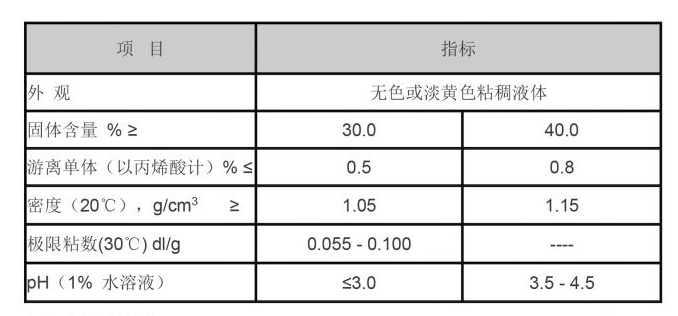chemical coagulation and flocculation water treatment
Chemical coagulation and flocculation are fundamental processes in water treatment that significantly enhance the quality of drinking water and wastewater. These techniques play a critical role in removing suspended solids, colloids, and various impurities, ultimately ensuring safe and clean water supplies.
Coagulation is the first step in the series of processes. It involves the addition of coagulants, typically aluminum sulfate (alum), ferric chloride, or polyaluminum chloride, to water. These chemicals destabilize the charge of suspended particles, allowing them to clump together, or coalesce. When particles are destabilized, their repulsive forces are reduced, leading to the formation of micro-flocs. The effectiveness of coagulation depends on various factors, including the type of coagulant used, dosage, pH, temperature, and the characteristics of the raw water.
Following coagulation, the flocculation phase occurs. During this stage, gentle agitation is applied to encourage the micro-flocs to collide and bond together, forming larger, denser aggregates known as flocs. The aim of flocculation is to produce flocs that can be easily removed in subsequent sedimentation or filtration processes. The efficiency of flocculation can be influenced by the mixing time, speed, and the use of flocculating agents, such as polymers, which facilitate the binding of smaller particles into larger flocs.
chemical coagulation and flocculation water treatment

After the flocculation process, the water is often subjected to sedimentation, where gravity allows the heavy flocs to settle at the bottom of a tank. This clarifies the water by removing the bulk of suspended solids. The settled solids, known as sludge, are then either treated or disposed of according to environmental guidelines.
Chemical coagulation and flocculation are not only critical for drinking water treatment but also play an essential role in industrial applications, such as paper manufacturing, oil and gas production, and food processing. They help manage waste streams, reduce toxicity, and comply with environmental regulations.
In conclusion, chemical coagulation and flocculation are essential processes in modern water treatment practices. By effectively removing impurities and improving water clarity, these methods contribute to the safety and sustainability of water resources. Continuous research and advancements in technology are expected to enhance the efficacy of these processes, making them even more integral to water management in the future.
-
Scale and Corrosion Inhibitors: Key to Industrial Water TreatmentNewsMay.22,2025
-
Organic Phosphate: Structure, Properties, and ApplicationsNewsMay.22,2025
-
Isothiazolinones: a versatile and versatile biocide with a wide range of applicationsNewsMay.22,2025
-
Industrial Flocculant: The Key to Optimizing Industrial ProcessesNewsMay.22,2025
-
Hydrolyzed Polymaleic Anhydride: Structure, Properties, and ApplicationsNewsMay.22,2025
-
Application of Flocculant in Water TreatmentNewsMay.22,2025





